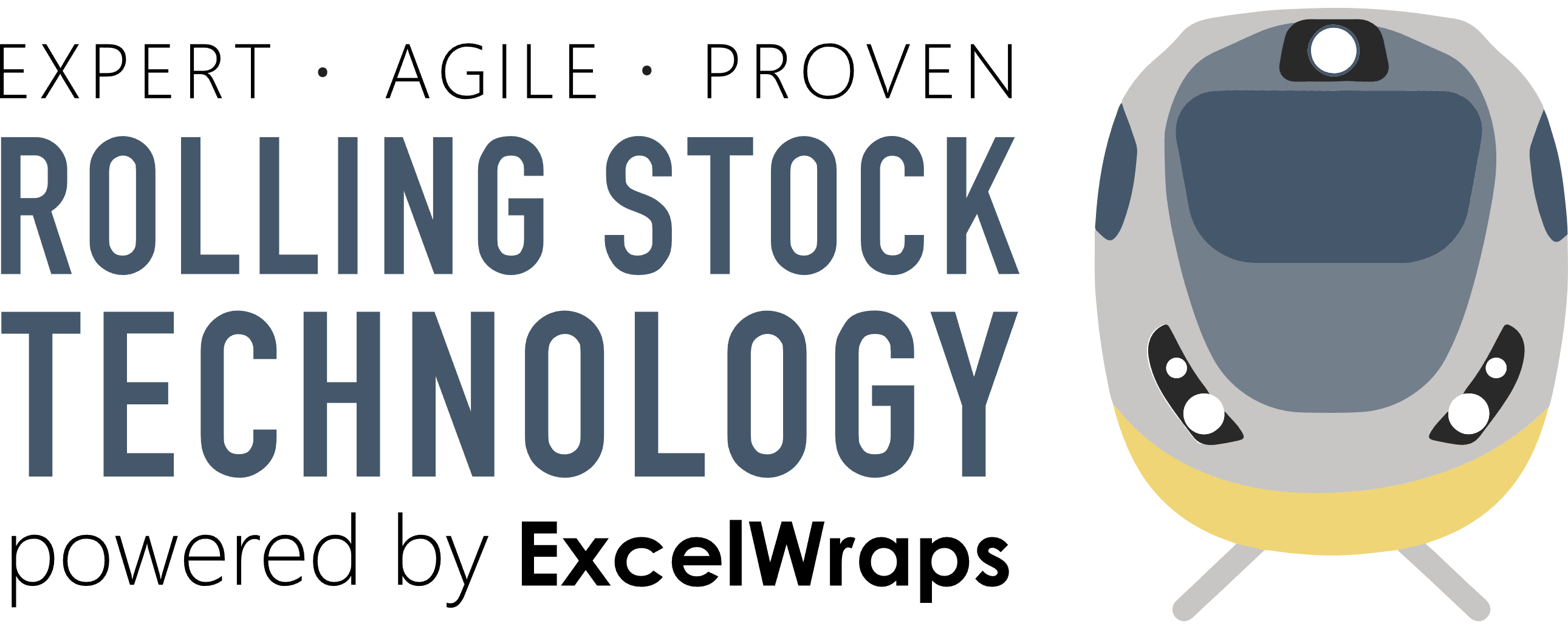Exambook Structure
An ExamBook (or "Exam") is a core component of the SmartFleet MRO (Maintenance, Repair, and Overhaul) solution, designed to digitally transform railway maintenance operations. It replaces traditional paperwork and disconnected systems with a comprehensive, end-to-end digital workflow, facilitating real-time progress tracking, detailed documentation, and complete audit trails. This system enhances maintenance quality, reduces administration time, and supports data-driven decision-making.
A typical ExamBook is structured to manage the intricate processes of railway maintenance, incorporating several key elements:
- Header Information: Each Exam begins with essential details for identification and tracking. This includes the Unit number (e.g., 802303), Power type (e.g., Bimode), start and end dates, the unique Exam identifier (e.g., X24), and associated SAP Notification and Work Order numbers. It also notes the Train Operating Company (TOC) (e.g., Hull), mileage, and location (e.g., Bounds Green).
- Performance Metrics & Overall Progress: The ExamBook includes sections to record vital operational data such as GU Hours Run, Fuel Added, Engine Oil Added, AdBlue Added, Coolant Added, Hydraulic Oil Added, and Sand Added, along with their respective quantities. An "Overall Progress" indicator, typically shown as a percentage (e.g., 100%), and total lost time provide an immediate overview of the maintenance status.
- System-Specific Blocks: The Exam is systematically organized into various "Blocks," each dedicated to a particular railway system or component category. These blocks ensure a structured approach to maintenance tasks. Examples include:
- A - Air Systems
- B - Brakes
- C - Bodyshell
- D - Generator Unit
- G - Collector Equipment
- H - Heating and Air Conditioning
- J - Cabs
- K - Catering Equipment
- M - Monitoring Systems
- O - Doors
- P - Traction and Power Equipment
- Q - Cooling Water and Hydraulic Systems
- U - Underframe, Bogie and Couplers
- W - Water and Toilet Systems
- X - Communications and Information Systems
- Z - Fire / Emergency Equipment
- Block Details and Task Lists: Within each block, you'll find an indication of its "Block Progress," "Lost time," and a "Signing list". Each block contains a comprehensive list of specific maintenance tasks with a "Task Description" (e.g., "Pantograph Compressor - Oil Level - Check," "Brake Pads – Inspection"), a "SW Need" indicator (likely for Standard Work), and columns for various unit numbers and technical codes.
- Digital Signatures and Validation: A critical feature is the use of digital signatures to confirm the start and completion of tasks by technicians and for supervisor approval. These signatures are role-based and undergo rigorous client-side and server-side validation on the ExcelWraps server, ensuring data security and accountability.
- Verification and Approval Statements: Upon the completion of tasks within each block, there is a section for personnel to verify that all tasks have been accurately completed and recorded, outstanding defects handled in SAP, engineering fleet checks updated, and post-maintenance walk-throughs conducted. This is followed by a "General Comment" section and a final approval signature from a supervisor.
- Detailed Job, Tool, and Measurement Sheets: For certain tasks, the ExamBook can include more granular "Front" sheets that detail the job title, version, issue, and individual technician actions and signatures. These may also incorporate "Tool Sheet" listings for required equipment (e.g., torque wrenches, digital vernier callipers) and "Measurement Sheet" sections for recording specific data, such as carbon thickness, airflow readings, or oil quantities.
In essence, an ExamBook functions like a highly organized, interactive digital clipboard for railway maintenance. Each "Exam" is a specific inspection or service, broken down into manageable "Blocks" (like different sections of a train or system), which then contain individual "Tasks" (the specific jobs to be done). Technicians digitally sign off on each task, and supervisors approve the blocks, creating a real-time, auditable record of all maintenance activity.
